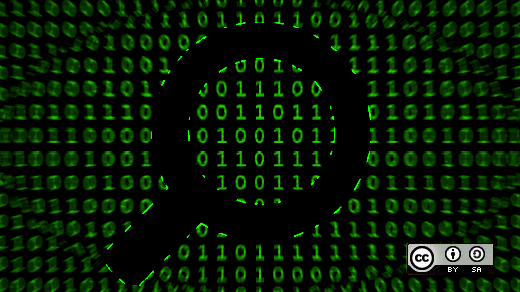4.5 KiB
translating----geekpi
Using Stratis to manage Linux storage from the command line
As discussed in Part 1 and Part 2 of this series, Stratis is a volume-managing filesystem with functionality similar to that of ZFS and Btrfs. In this article, we'll walk through how to use Stratis on the command line.
Getting Stratis
For non-developers, the easiest way to try Stratis now is in Fedora 28.
Once you're running this, you can install the Stratis daemon and the Stratis command-line tool with:
# dnf install stratis-cli stratisd
Creating a pool
Stratis has three concepts: blockdevs, pools, and filesystems. Blockdevs are the block devices, such as a disk or a disk partition, that make up a pool. Once a pool is created, filesystems can be created from it.
Assuming you have a block device called vdg on your system that is not currently in use or mounted, you can create a Stratis pool on it with:
# stratis pool create mypool /dev/vdg
This assumes vdg is completely zeroed and empty. If it is not in use but has old data on it, it may be necessary to use pool create's - force option. If it is in use, don't use it for Stratis.
If you want to create a pool from more than one block device, just list them all on the pool create command line. You can also add more blockdevs later using the blockdev add-data command. Note that Stratis requires blockdevs to be at least 1 GiB in size.
Creating filesystems
Once you've created a pool called mypool, you can create filesystems from it:
# stratis fs create mypool myfs1
After creating a filesystem called myfs1 from pool mypool, you can mount and use it, using the entries Stratis has created within /dev/stratis:
# mkdir myfs1
# mount /dev/stratis/mypool/myfs1 myfs1
The filesystem is now mounted on myfs1 and ready to use.
Snapshots
In addition to creating empty filesystems, you can also create a filesystem as a snapshot of an existing filesystem:
# stratis fs snapshot mypool myfs1 myfs1-experiment
After doing so, you could mount the new myfs1-experiment, which will initially contain the same file contents as myfs1, but could change as the filesystem is modified. Whatever changes you made to myfs1-experiment would not be reflected in myfs1 unless you unmounted myfs1 and destroyed it with:
# umount myfs1
# stratis fs destroy mypool myfs1
and then snapshotted the snapshot to recreate it and remounted it:
# stratis fs snapshot mypool myfs1-experiment myfs1
# mount /dev/stratis/mypool/myfs1 myfs1
Getting information
Stratis can list pools on the system:
# stratis pool list
As filesystems have more data written to them, you will see the "Total Physical Used" value increase. Be careful when this approaches "Total Physical Size"; we're still working on handling this correctly.
To list filesystems within a pool:
# stratis fs list mypool
To list the blockdevs that make up a pool:
# stratis blockdev list mypool
These give only minimal information currently, but they will provide more in the future.
Destroying a pool
Once you have an idea of what Stratis can do, to destroy the pool, first make sure all filesystems created from it are unmounted and destroyed, then use the pool destroy command:
# umount myfs1
# umount myfs1-experiment (if you created it)
# stratis fs destroy mypool myfs1
# stratis fs destroy mypool myfs1-experiment
# stratis pool destroy mypool
stratis pool list should now show no pools.
That's it! For more information, please see the manpage: man stratis.
via: https://opensource.com/article/18/5/stratis-storage-linux-command-line
作者:Andy Grover 选题:lujun9972 译者:译者ID 校对:校对者ID
